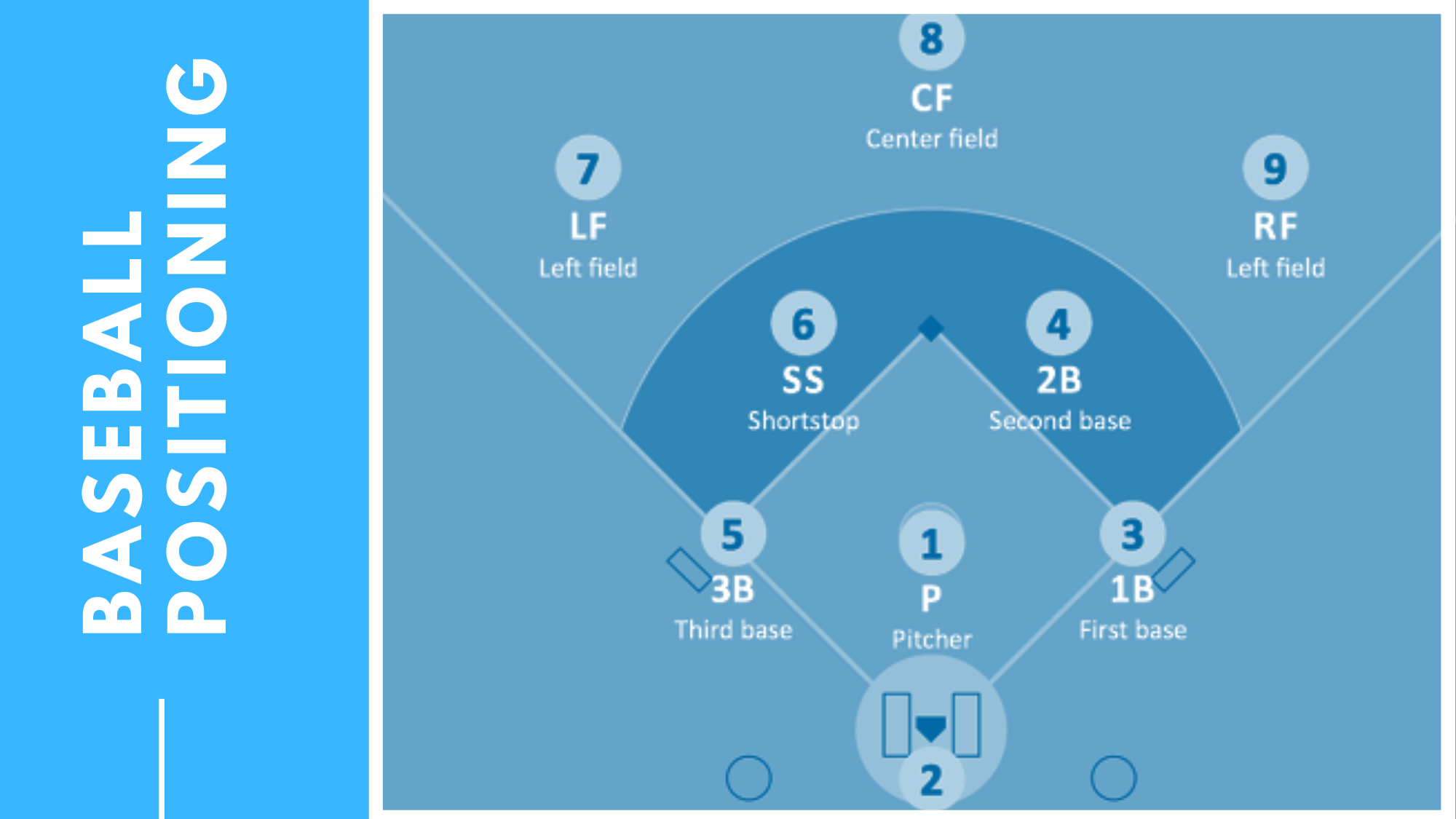When it comes to playing baseball, not all positions are created equal. Some require a strong arm, while others demand speed and agility. From the pressure-packed role of the pitcher to the versatile skills of a shortstop, let’s explore the easiest and hardest positions to play in baseball.
Pitcher: The Game-Changer

Everything in baseball revolves around the pitcher. This is the position that holds the most importance to a team’s success. While their job may seem straightforward, delivering pitches to prevent the opposing team from scoring, pitchers dictate the pace and greatly influence the outcome of the entire game. The pressure on pitchers is enormous, as a mistake can be more costly than any other player on the field. Physically, pitchers endure significant strain, especially starting pitchers who commonly play five or more innings and are involved in every play. The toll on their bodies, particularly their elbows and shoulders, is significant. Additionally, pitchers invest a tremendous amount of effort into practice, constantly perfecting their craft.
Catcher: The Backbone of the Team
The catcher is the position that is most involved in every game, second only to the pitcher. Many consider this the most difficult position due to its physical demands and high level of stress. Catchers participate in every play of every inning, constantly moving in and out of the squatting position, which takes a toll on their legs and knees. The weight of the protective equipment they wear adds to the physical strain. Catchers also require a strong arm and a high baseball IQ. They act as the on-field managers, responsible for play calling and strategizing. A deep understanding of the game is essential, as catchers must know the strengths and weaknesses of each opposing batter and their own pitchers.
Shortstop: The Versatile Athlete
The shortstop is commonly regarded as the best athlete on the field. This position requires a diverse set of skills, including speed, agility, versatility, and a strong arm. A shortstop sees plenty of action in every game and covers more areas on the field than any other player. Positioned between second and third base, the shortstop acts as the anchor of the infield, requiring leadership qualities. They handle the most batted balls and play a crucial role in various fielding assignments. The athleticism demanded of a shortstop makes it a challenging position to play.
Outfield: The Guardians of the Far Corners
The outfield positions, including left field, center field, and right field, present unique challenges. Outfielders must cover vast amounts of ground, chasing down fly balls and making accurate throws. Center fielders, in particular, require excellent speed and a strong arm to make plays on balls hit deep into the outfield. Outfielders must also communicate effectively with their teammates to prevent collisions and ensure proper coverage. While the outfield positions may not demand the same level of skill as the pitcher, catcher, or shortstop, they still require athleticism and a keen understanding of the game.
Infield: The Defensive Core
Infield positions, including first base, second base, and third base, require a strong fielding ability and good reflexes. While these positions may not be as physically demanding as catching or pitching, they still demand quick reactions and precise throwing accuracy. First basemen need to excel at receiving throws, while second basemen and third basemen must possess good range and the ability to turn double plays. While infield positions may not be considered the most difficult, they play a crucial role in preventing opposing teams from scoring.
Conclusion: Every Position Plays Its Part
In baseball, each position serves a vital role in the success of the team. Whether it’s the pressure-packed role of the pitcher, the demanding physicality and strategic prowess of the catcher, or the athleticism and leadership required of the shortstop, every position contributes to the dynamics of the game. Each player’s skills and abilities, combined with their dedication and love for the sport, shape their performance on the field.
FAQs:
What is considered the most challenging position in baseball in the USA?
Catcher is often regarded as the most challenging position in baseball. The catcher is responsible for managing the pitching staff, calling pitches, and has the physically demanding task of squatting for extended periods during a game.
Which position is considered the second most difficult in baseball?
Shortstop is often considered the second most challenging position. Shortstops need a combination of speed, agility, and strong defensive skills to cover the infield effectively. They are also involved in double plays and need to make quick, accurate throws.
What position is known for its defensive prowess and requires exceptional fielding skills?
Center field is known for its defensive demands and requires excellent fielding skills. Center fielders cover a large area of the outfield, need great speed to track down fly balls, and should have a strong throwing arm to make plays at the plate.
Which infield position is often seen as less physically demanding but requires exceptional reflexes and accuracy?
Second base is considered less physically demanding than some positions, but it requires exceptional reflexes and accuracy. Second basemen are involved in turning double plays and need to make quick, precise throws to first base.
What position on the field demands a strong throwing arm and defensive skills, while also being expected to contribute offensively?
Third base demands a strong throwing arm and defensive skills to make plays on hard-hit balls down the line. Additionally, third basemen are expected to contribute offensively, making it a well-rounded but challenging position.
Which position is often associated with power hitters and requires a strong presence in the batter’s box?
First base is often associated with power hitters, as players in this position are expected to provide offensive production. First basemen also need to be skilled at fielding throws from other infielders and covering the bag.